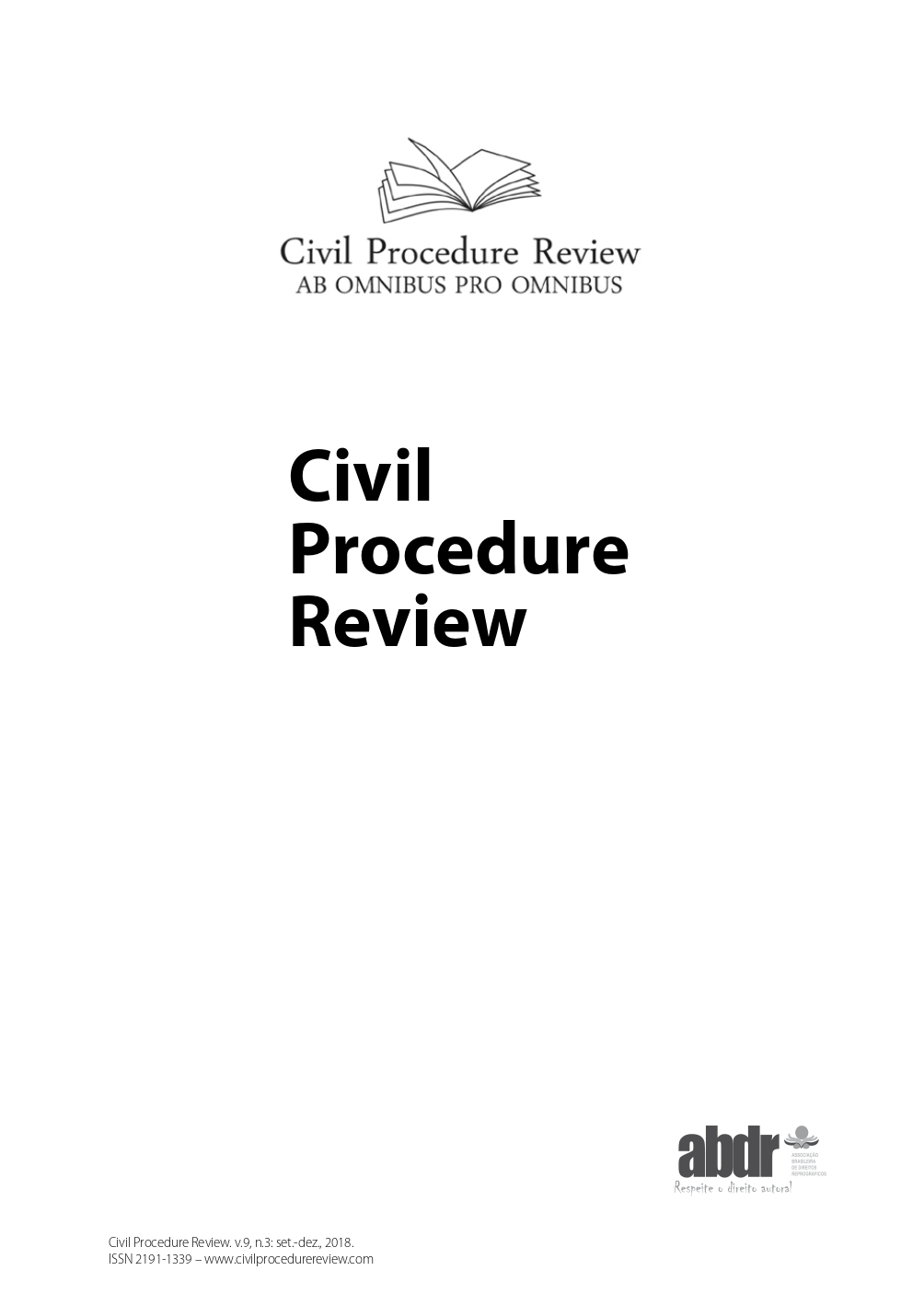Distributed ledgers, EOP, and debt recovery mechanisms
a new technology for civil procedure
Schlagworte:
European order of payment, Blockchain, Distributed ledger technology, Debt recovery, Payment procedures, Smart contractsAbstract
The delay of payments in commercial transactions persists as a pressing problem for small and medium-sized enterprises (SMEs). In the European Union, it increases financial costs, contributes to the lack of liquidity and can even lead to bankruptcy. While the EU took several steps in addressing this issue, results have been lacking so far. This article explores the implementation of a distributed ledger (DL) system based on blockchain technology to improve the standard of evidence for the European order of payment (EOP) and to pave the way to an automated assessment of claims under art. 8 of the Reg. 1896/2006. By leveraging a modular approach and combining the properties of distributed ledgers with smart contracts, such a system could lead to harmonization of redress procedures and move beyond the two models of payment order procedure in member states, and, ultimately, pave the way to an e-justice system at the European level. It is argued that such a system improves the standard of the evidence required for issuing EOP by providing formal control of the evidence submitted to the courts together with the form pursuant to art. 7 Reg. 1896/2006. Lastly, this is the first step in establishing a system that could (a) reduce inefficiencies (b) reduce the risk of errors (c) reduce the costs of access to the judicial system (d) establish an automatic e-order of payment procedure (e) improve accessibility for SMEs thereby improving their competitiveness and (f) contribute to the establishment of the single market.
Downloads
Downloads
Veröffentlicht
Zitationsvorschlag
Ausgabe
Rubrik
Lizenz
Este trabalho está licenciado sob uma licença Creative Commons Attribution-NonCommercial-ShareAlike 4.0 International License.











